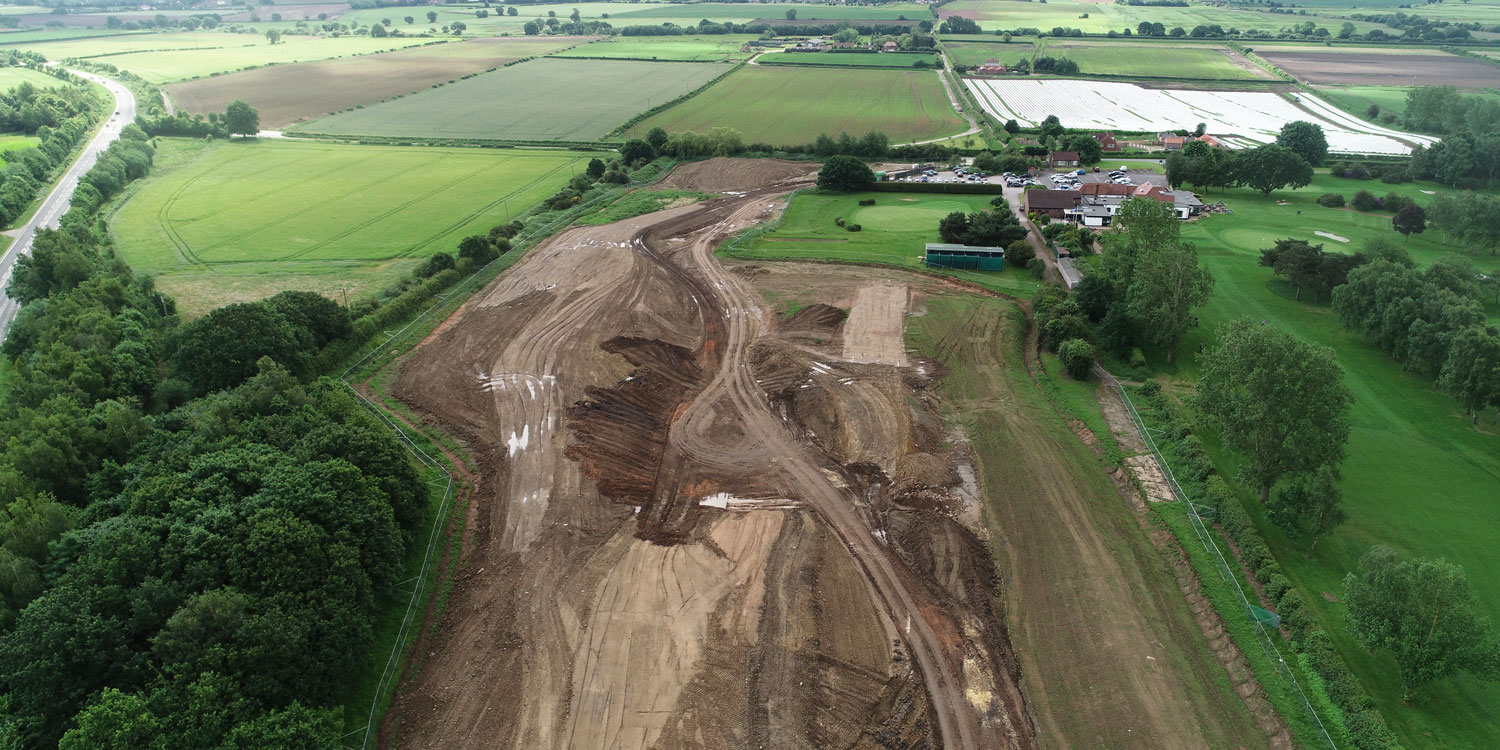Golf has become an integral part of society, with 5.6 million adult golfers in the UK alone, according to data from the R&A. This growing popularity highlights that golf courses are here to stay. However, golf courses often receive a bad reputation. While the industry is changing and improving, misconceptions persist. Here, we look at four common opinions about golf courses.
Opinion 1: Golf Courses Are Bad for the Environment
Contrary to popular belief, golf courses can benefit local ecosystems. Scientific research indicates that natural links-style golf courses can support significant numbers of bird species. For instance, a study comparing a golf course to a nearby natural area found that the golf course equalled the natural area in total bird species. Additionally, a UK study examining nine golf courses and nine adjacent habitats concluded that golf courses can enhance local biodiversity, particularly for birds, ground beetles, and bumblebees. This evidence suggests that, when designed and managed correctly, golf courses can coexist harmoniously with nature.
Opinion 2: Building a Golf Course Is Expensive

While constructing a golf course can be costly, innovative methods are now available to manage and reduce these expenses. Soil importation is one such method. By repurposing soils to create the contours and features of new courses, construction costs can be significantly reduced. This approach not only cuts expenses but also provides an environmentally friendly solution by reusing materials that would otherwise be disposed of.
Booth Golf & Leisure can provide golf course construction that utilises sustainable soil importation models. Get in touch to find out if you qualify.
Opinion 3: Golf Courses Waste a Lot of Water

It is true that golf courses require substantial water, but the industry is actively seeking sustainable ways to reduce consumption. Techniques like rainwater harvesting and the creation of retention ponds are becoming more common. These methods involve capturing rainwater through the course’s drainage system and storing it for use during drier months. By utilising collected rainwater instead of mains water, golf courses can significantly decrease their water usage and promote sustainability.
While more work needs to be done, the industry is trending towards the reuse of water, not only because it’s sustainable but also because water is becoming an increasingly expensive burden for golf courses.
Opinion 4: Construction Disrupts Local Wildlife

Any construction project undergoes rigorous planning and scrutiny to minimise environmental impact during construction, and golf courses are no exception. Ecological surveys are conducted to protect local habitats, wildlife, and trees. In the UK, there is now Biodiversity Net Gain legislation for all planning permissions. This means that any development must improve the site’s previous biodiversity by 10%. So, while some disruption is inevitable, the biodiversity will ultimately be higher than it was before.

